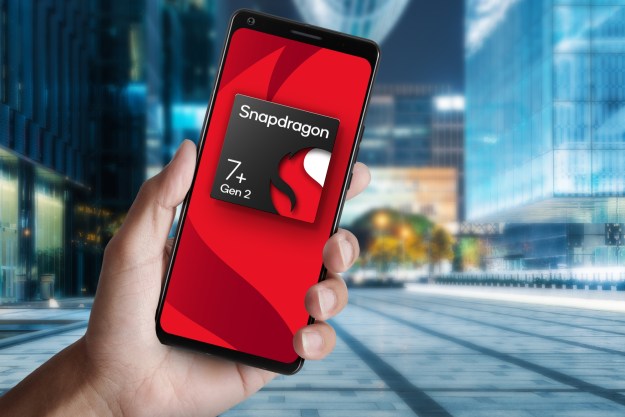
Every now and again, a company gives up on promoting its technology (and patent portfolio) as a future-building platform for the entire industry, and concedes the competition has managed to define the market despite their efforts. You won’t find any words to that effect from Qualcomm, but the company has just announced that future MDM9xxx-series chipsets will support Long Term Evolution (LTE) in favor of Qualcomm’s own UMB mobile broadband technology—a possible grudging concession that LTE has gained momentum while no carriers have embraced UMB.
"Qualcomm is in a very unique position with LTE, being one of the very few companies that will be able to offer multi-mode solutions that deliver an upgrade path for operators looking to complement their existing 3G networks with LTE," said Qualcomm’s senior VP of product management for CDMA technologies Steve Mollenkopf, in a statement. "We are pleased that we will be able to leverage our industry-leading technology position to offer LTE solutions to our customers."
Qualcomm’s MDM9xxx-series chipsets will support HSPA, UMTS, and EV-DO, which should make it simpler for existing mobile carriers to migrate towards LTE technology while still supporting legacy systems. Qualcomm says the chips will be available in 2009.
Editors' Recommendations
- What is 5G? Speeds, coverage, comparisons, and more
- Qualcomm is about to make cheap Android phones better than ever
- Why I finally gave up and embraced Apple’s walled garden
- Google and Qualcomm are changing Wear OS smartwatches forever
- Qualcomm’s Snapdragon 4 Gen 2 brings faster 5G to budget phones


